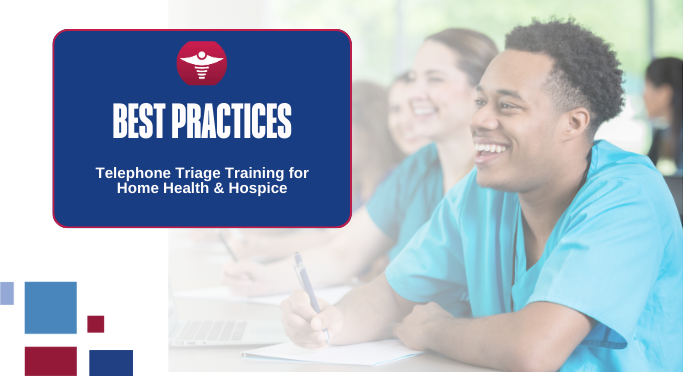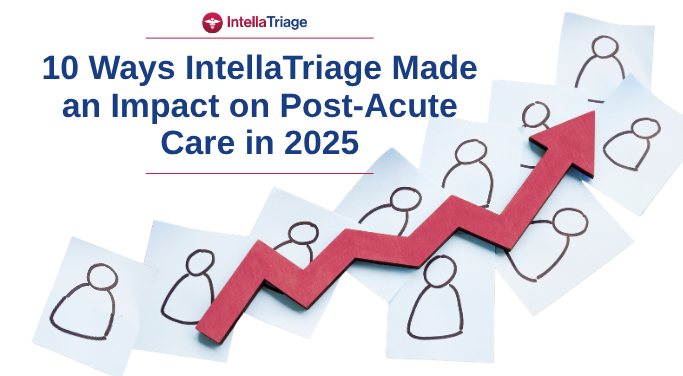Though telemedicine has existed for decades, the COVID-19 pandemic quickly launched it into the spotlight in 2020. When people were forced to stay home and in-person care became inaccessible, healthcare organizations had to promptly pivot to provide virtual care services. While a return to pre-pandemic normalcy slowly but surely enters our horizons, the digital transformation it brought about is certainly here to stay.
Telemedicine vs. Telenursing
According to the CDC and the Federation of State Medical Boards, telemedicine is defined as “the practice of medicine using electronic communication, information technology, or other means between a physician in one location, and a patient in another location, with or without an intervening health care provider.” Traditionally, telemedicine providers offered a very canned, templated service that didn’t require providers to think outside of the box to help the patient on the other end.
On the same beat, telenursing is essentially the same service, but with a nurse providing care. In the past – and even still today – many telenursing services only used the nurse as a medium for filling prescriptions, admitting a patient or initiating a referral. In today’s healthcare environment, this is no longer acceptable. Providers of all kinds are now being measured and reimbursed by the quality of care given and the outcomes achieved. Traditional telemedicine can’t achieve that. Modern nursing and telemedicine can.
Telenursing and Phone Triage
The real value of telenursing lies in the skill of the nurse providing the care and the means by which the patient is able to receive it. One emerging and highly effective extension of telenursing is nurse-based phone triage. This service leverages licensed, skilled registered nurses to provide quality health assessments and compassionate patient support. Even more importantly, it is helping pave the way in closing the coverage gap for providers who serve a geographically diverse population that require around the clock care. Also, by incorporating triage into the mix, the nurse-first phone triage model can help to reduce hospital readmissions and give more patients immediate access to care when they need it. Triage nurses can assess conditions, evaluate the need for medical equipment and devise a plan of action, all without the patient or on-call nurse having to leave their home base.
IntellaTriage Provides the Gold Standard in Telephone Triage
At IntellaTriage, our top-quality registered nurses triage every call according to Schmitt-Thompson protocols, the gold standard in telephone triage. We have more than a decade of experience providing compassionate care and our focus continues to be on providing a consistent patient and caregiver experience, no matter the time of day.
Contact IntellaTriage today for more information about our transforming your approach to after-hours phone triage.
This post was originally published in June 2018 and has been completely revamped and updated for accuracy and comprehensiveness.
Contact Us for a Consultation
Ready to optimize your triage process? Reach out to us today for a consultation tailored to your needs. Let’s elevate your patient care together.
More From The Blog
Post-acute triage call volumes continue to rise across hospice and home health, driven by higher census, caregiver anxiety, increased acuity at home, and symptom flare-ups. Field nurses are stretched thin, documentation requirements increase regularly, and families expect and deserve immediate clinical guidance, not voicemail. The confluence of these factors mean agencies are paying closer attention [...]
In 2025, post-acute care entered a new era of accountability and transformation. Hospice and home health providers faced the rollout of new quality measures, mounting documentation demands, and continued pressure from shrinking margins and workforce shortages. Families expected faster access and more compassionate communication, while clinicians needed real relief from after-hours strain. At the same [...]
For hospice and home-health organizations, staffing after-hours shifts presents a unique challenge. Patients’ needs don’t magically pause between office hours, yet many agencies still rely on outdated scheduling models that leave nurses exhausted, escalation rates high, and patient satisfaction vulnerable. In this post, we’ll explore how thoughtful scheduling, strategic outsourcing, and nurse-first triage support can [...]









